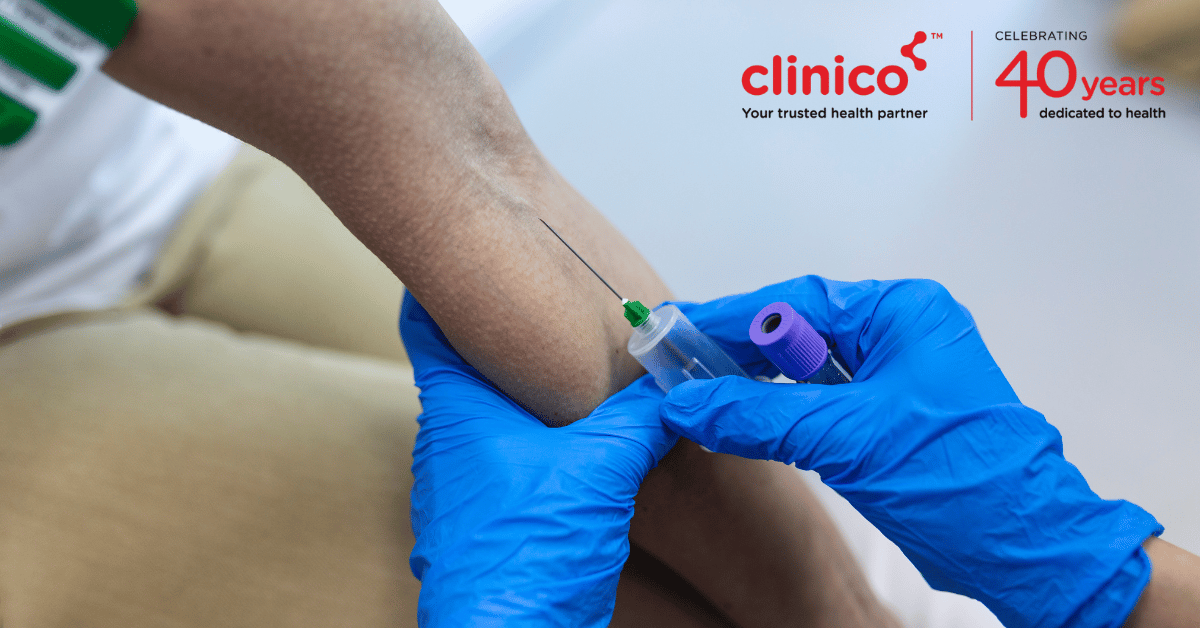
Also known as the lipid profile test, the lipid panel is a simple & common blood test conducted worldwide for the screening, diagnosis and monitoring of heart disease.
It’s also known by the following names across the world:
- Lipid test
- Lipoprotein profile
- Cholesterol panel
- Coronary risk profile
- Coronary risk panel
- Fasting lipid panel or non-fasting lipid panel
What is Lipid Panel Test?
The lipid panel test comprises the measurement of the quantities of specific fat molecules named lipids in the blood of an individual. In the majority of instances, it measures levels of:
- Total Cholesterol
- High-Density Lipoprotein (HDL) Cholesterol
- Low-Density Lipoprotein (LDL) Cholesterol
- Triglycerides
When to get a Lipid Panel Test?
A lipid panel test may be needed if you have one or more of the following risk factors:
- Men over the age of 45 and women over the age of 50-55
- Smoking cigarettes
- Being overweight or obese
- Lack of physical activity
- Having prediabetes or diabetes
- Having high blood pressure (hypertension)
- Unhealthy diet
- High levels of stress
- Family history of cardiovascular disease or stroke
- Having a close relative who was diagnosed with cardiovascular disease at an age below 55 in males and below 65 in females
Why is the Lipid Panel Test important?
The lipid panel test is crucial for the following reasons:
- High levels of lipids in the blood indicate the risk of potential future heart issues or atherosclerosis (hardening, narrowing/blockage of arteries)
- Helps assess and take preventive measures to reduce the risk of cardiovascular problems like heart disease, heart attack & stroke
- Assists in the monitoring of ongoing treatment of cardiovascular issues
What to expect during Lipid Panel Test?
The following is the step-by-step procedure of the lipid panel test:
- You’ll be asked to sit comfortably on a table/chair
- The lab assistant or nurse will locate a vein in your arm and clean & disinfect the region around it
- A needle will then be inserted into the vein to extract a blood sample
- On extraction of sufficient blood, the needle will be removed, and the blood will be stored in a test tube
- A cotton ball or bandage will then be placed on the area to prevent potential bleeding
- The test will be over in around 5 minutes
What are normal Lipid Panel test results?
The normal lipid panel results are in the following ranges:
- Total cholesterol: Under 200 mg/dL
- HDL cholesterol: Over 60 mg/dL
- LDL cholesterol: Under 100 mg/dL (Under 70 mg/dL for diabetics)
- Triglycerides: Under 150 mg/dL
Conclusion
Lipid panel test results that are above or below the normal ranges are generally categorised as per the potential risk of cardiovascular problems: high risk, intermediate and borderline.
If you have been prescribed a lipid profile test, then click here to schedule the test at your nearest Clinico centre: https://www.clinico.in/test/lipid-profile

